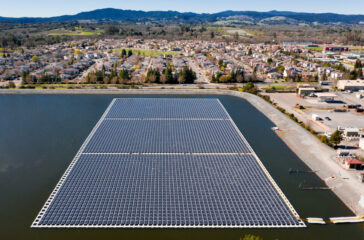Floating solar gaining popularity as unconventional US energy source
By Grace van Deelen
For the small, working-class community of Cohoes, New York, climate change and costly energy prices are posing increasing concerns, just as they are for cities and towns across the country.
 EWG
EWG